For Alexandre Roux, founder of Tchaga Kombucha , the release of his first bottles of kombucha on March 20, 2016 has great significance: it coincides with the birth of his son. I myself met Alexandre at Silo de Sherbrooke, a zero-waste grocery store, during an event, just a few months after his products first hit the shelves.

Alexandre Roux, founder Tchaga Kombucha
From home to the four corners of Quebec
Alexandre told me that the business was born at home, when he was producing kombucha for his personal consumption. He stuck to the origins of the product, which are far from what is present in stores today. “I wanted to preserve the origin of kombucha, namely the mother (the deposit found at the bottom of the bottle), the tea and the ingredient used to flavor everything. The sugar was mostly set aside, since it greatly masks the original taste,” explains Alexandre.

![]()
His goal was to bring 100% pure craft kombucha to market that tasted “like home”. And indeed, the taste of Tchaga is far from the sparkling juices currently in vogue. Tchaga pays particular attention to what the mother brings to the drink.
Since the beginning of the company, the latter has undergone many changes and passed through several stages. The biggest was certainly the installation of production in a brand new microbrewery type plant in Sherbrooke. This state-of-the-art workshop gives the Tchaga team the chance to ensure larger-scale production and devote more time to research and development of new products.
Locally inspired flavors
The Tchaga collection initially had three flavors: chaga, sea buckthorn and ginger. The company relies on the local in almost all stages of its production. First of all, it should be noted that the Quebec tea house Camilia Sinensis is the official supplier of Tchaga Kombucha for the teas at the base of its blends.

First, chaga, a mushroom that grows in Quebec forests, is recognized for its many virtues. This is also the inspiration of the brand name. Sea buckthorn is a small, tangy yellow berry from the boreal regions of Quebec and is also the subject of one of Tchaga's recipes. Finally, ginger, a tasty root imbued with freshness, is the latest flavor in the first wave of Tchaga's marketing.

This ingredient, which does not have much of local, demonstrates the company's desire to promote local ingredients and local trade. “We will start doing business this summer with a small local producer near Sherbrooke who will be our official supplier of local ginger grown in Quebec. »
Innovation
Passionate about his business and especially about kombucha in keeping with his primary nature, Alexandre innovated in his entrepreneurial journey, notably by creating a kombucha flavored with hops. This addition was a major challenge for the company. “Adding hops to kombucha creates significant instability. At first, some bottles overflowed under the pressure created by the mixture. We almost gave up. However, after several tests and trial periods, our product is now stable on the shelves. »

He adds that he is particularly proud of this flavor because of the hard work that led to the current product, but also because the flavor is very popular with consumers. However, he indicates that the “love it or hate it” rule applies to this product, since it has a unique and new taste. To have had the chance to taste it, its floral and delicate taste approaching beer is very refreshing. Hop kombucha can easily be served as a non-alcoholic beer. And in addition, the hops that Tchaga sources also come from Quebec.
Evolution in the content as well as in the containers
Initially sold in glass bottles, Tchaga's kombucha was later distributed in some restaurants and shops on tap. The company currently has about forty barrel installations throughout Quebec, where a dozen flavors, some of which are exclusive, are offered. A cask is also available at the Signé Local boutique in Dix30. To date, Tchaga products are available individually in more than one hundred points of sale across the province.
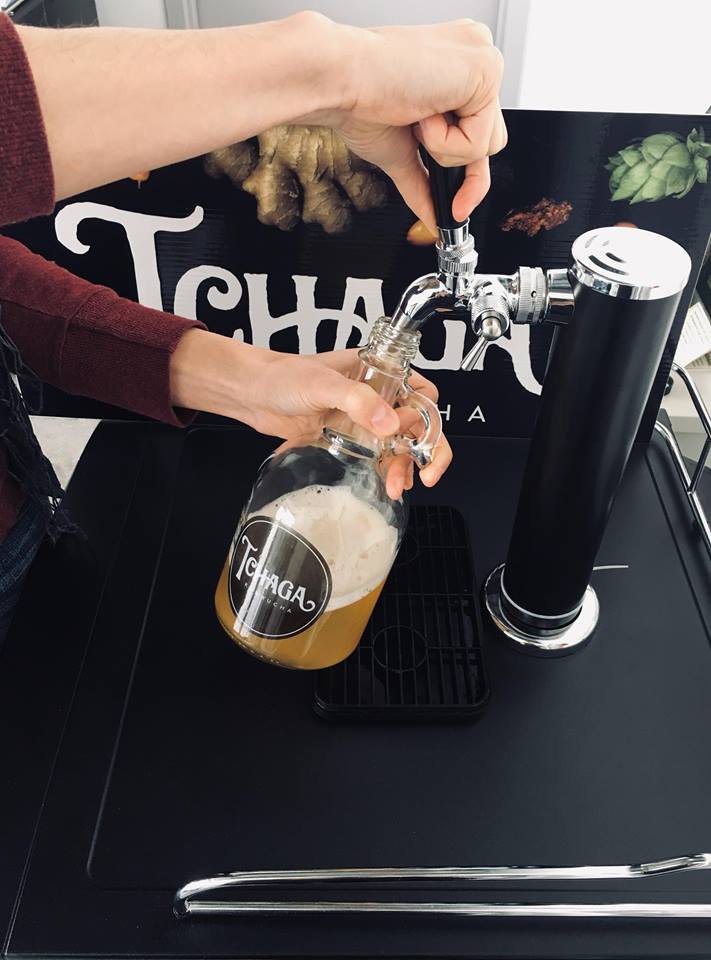
Having environmental concerns, Alexandre recently made the choice to direct the company towards more sustainable development. “The glass containers in which the products are bottled are returnable and recyclable, but the recovery process is complex. From the collection of the containers to the recycling itself, the process is energy-intensive and leads to significant losses, especially for the glass itself,” he explains to me. He therefore made the decision to make changes to his facilities in order to bottle his production in cans. This transition ensures more efficient retrieval of the packaging and also makes it less fragile. The format has also been reduced to allow consumers to drink all of the kombucha at once and thus taste it at its best.
Note that the appearance of cans on the shelves will be accompanied by novelties for our taste buds… To be followed and incorporated into our summer beverages!
To learn more about the company, visit its product page .

Reviewed By Melanie


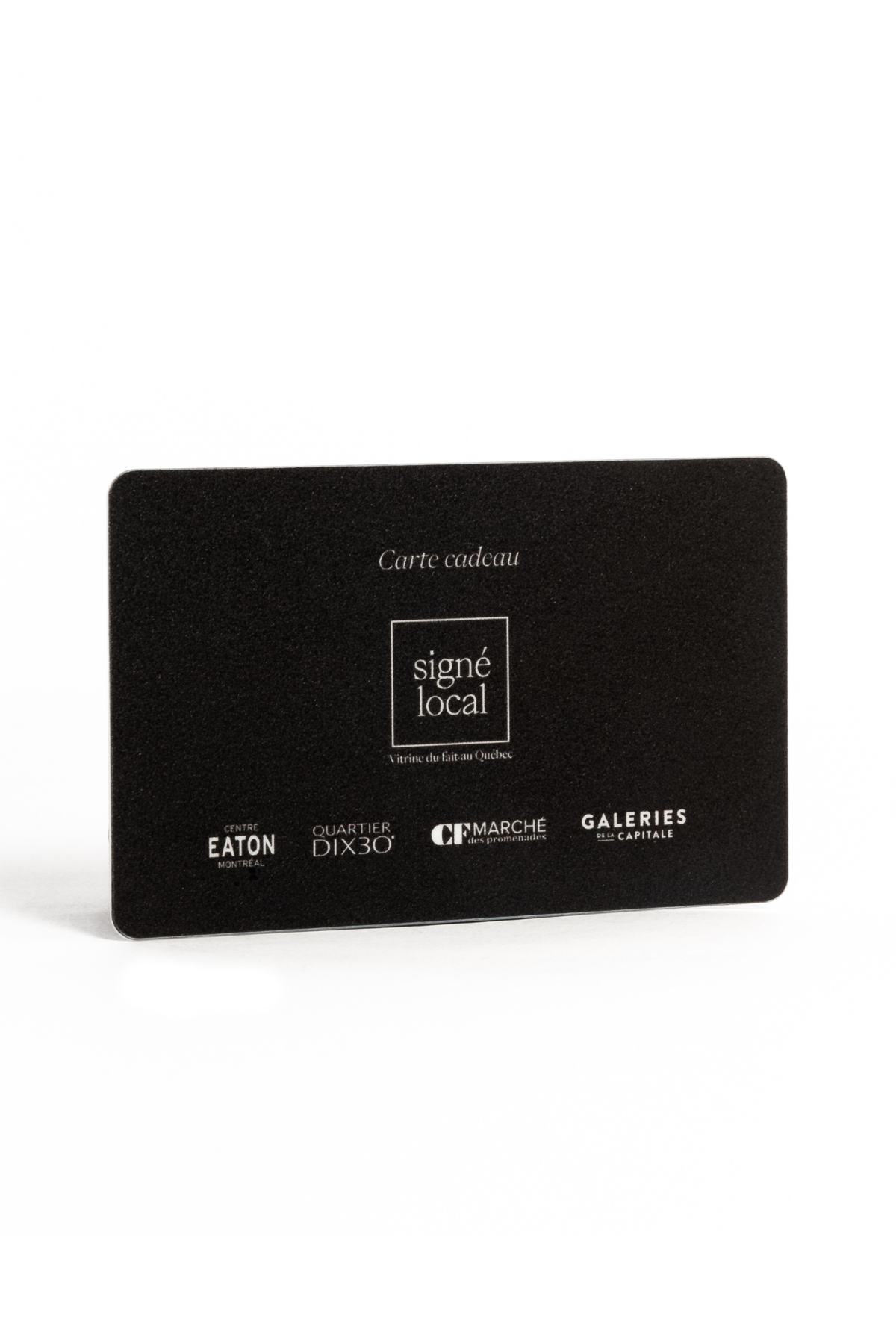





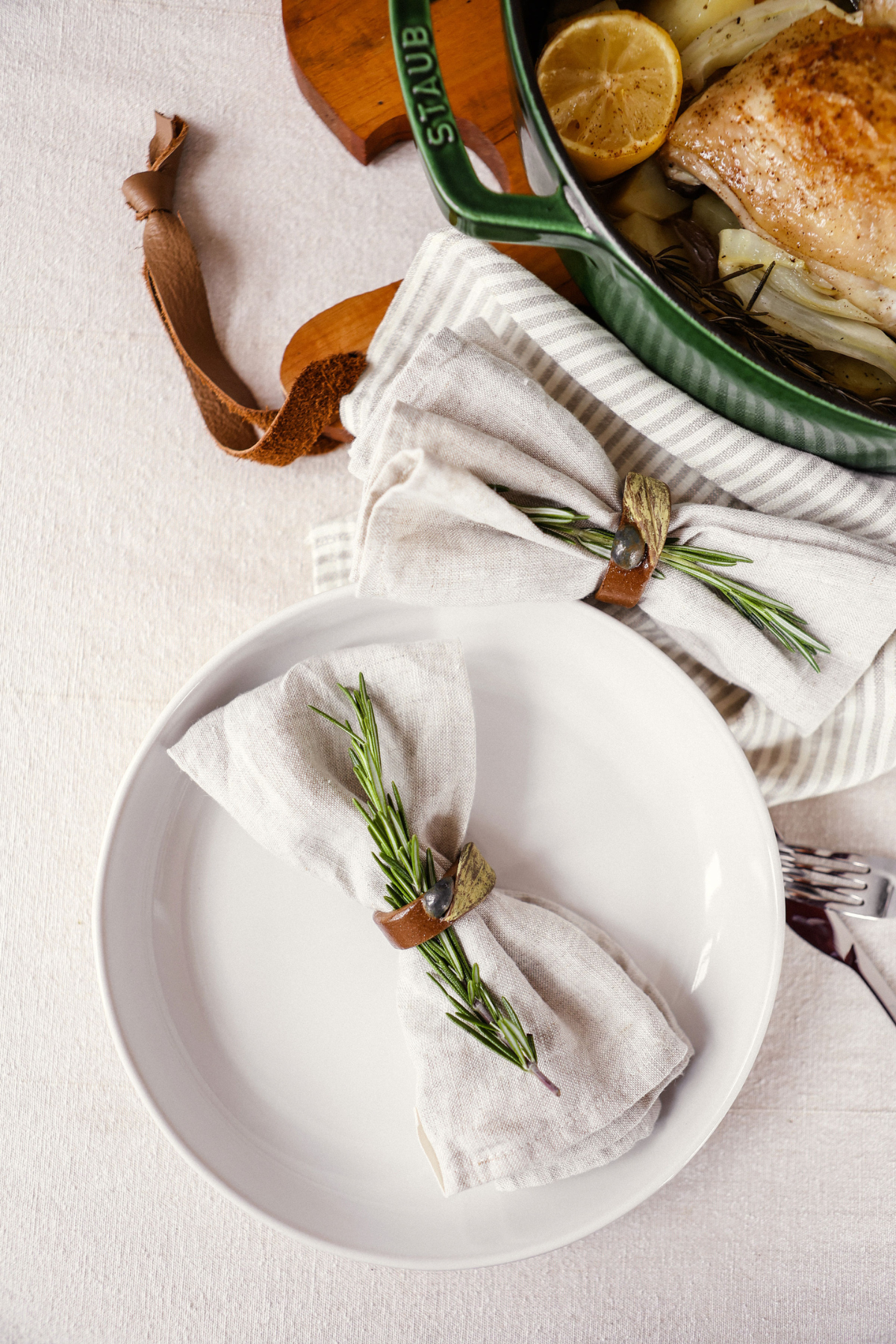




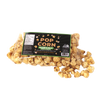

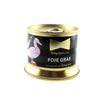
















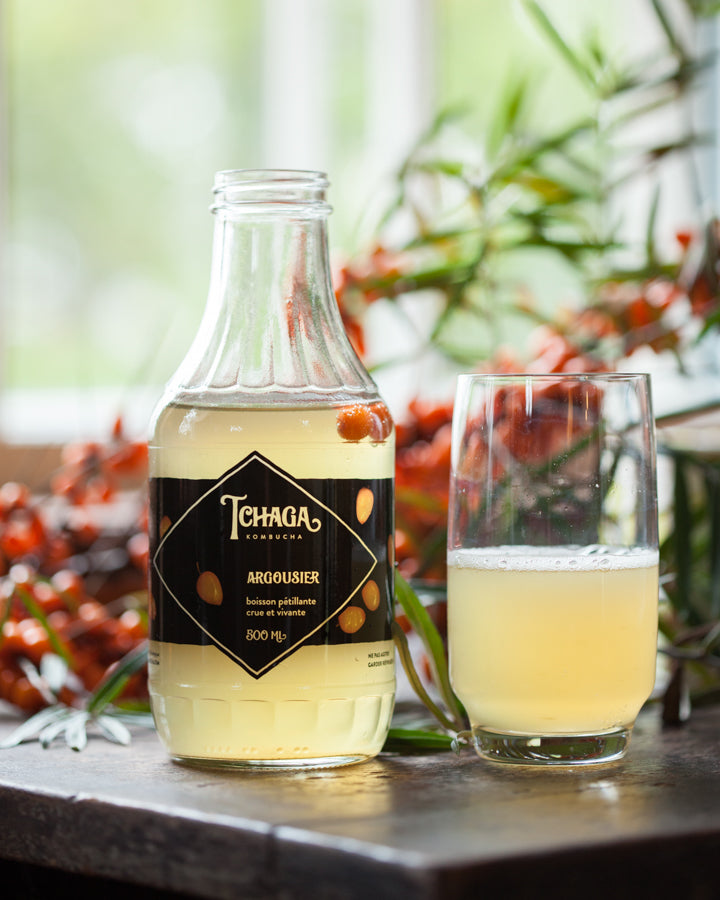
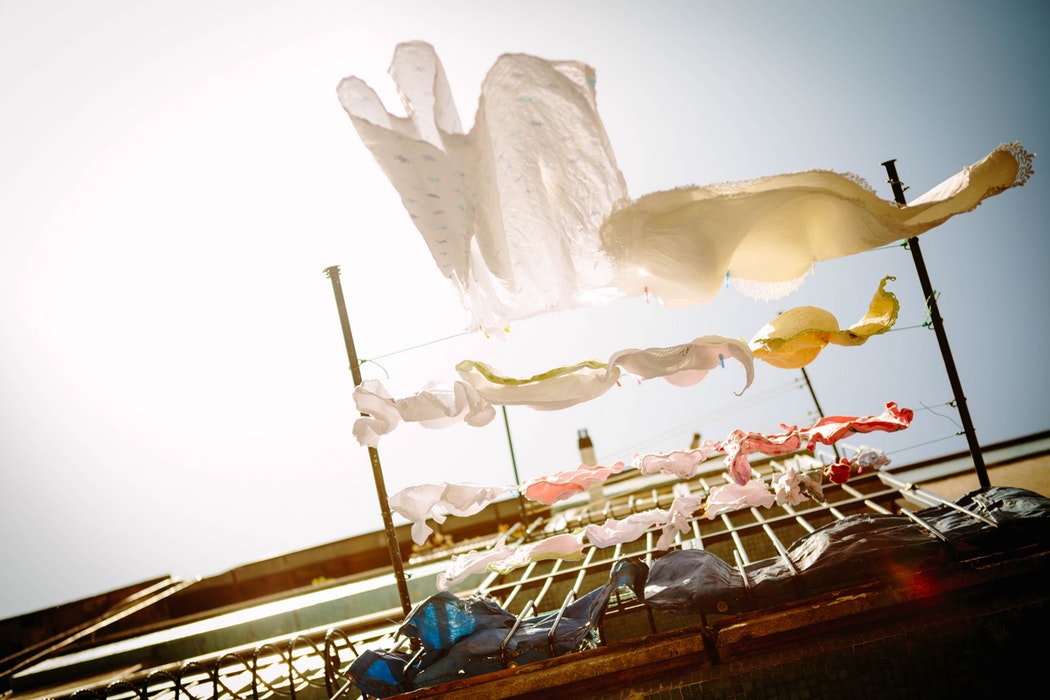

Leave a comment
This site is protected by hCaptcha and the hCaptcha Privacy Policy and Terms of Service apply.